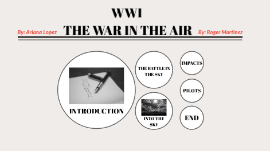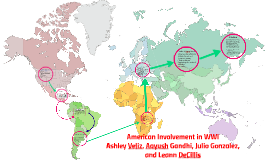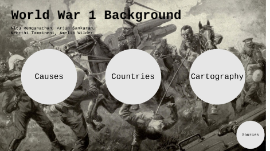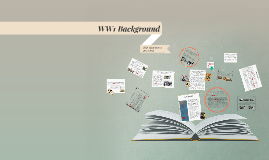WW1 Background
Transcript: His Background and Experience of War. continued Propaganda and Public Attitudes At The Start Of The War. The Outbreak of War and Why. During the war, many of the men would be buried where they fell, and often they would rise again to the surface because of the constant muddy conditions. Scraps of food would also be thrown over the trenches, further adding to the rat infestation. Many soldiers would have trench foot; some of these men would take off their shoes and socks to find toes or the soles of feet missing! Malnutrition was very common and left many with weak immune systems, contributing to long recovery times and illness involving poor hygiene. With the news that war was approaching, the army began to expand rapidly, with men from all over wanting to fight for their country. more and more platoons were being added to regiments, resulting in a british army of 7,165,280 men. (http://www.1914-1918.net/faq.htm) As the 11 British divisions walked towards the German lines, the gunfire started and the slaughter began. By the end of the day, the British has suffered around 60,000 casualties, 20,000 of which were dead. (60% of officers involved on the first day were killed). Whole units died together, and villages lost ridiculous amounts of young soldiers as many enlisted with friends an family. Passchendaele became infamous because of the number of casualties and the sheer amount of mud present. Haig had wanted a British offensive in Flanders for a very long time and, following a warning that the German blockade would soon cripple the British war effort, wanted to reach the Belgian coast to destroy the German submarine bases there. On top of this, the possibility of a Russian withdrawal from the war threatened German redeployment from the Eastern front to increase their reserve strength dramatically. Having reached a decisive success, it had taken over three months, 325,000 Allied and 260,000 German casualties to do little more than make the bump of the Ypres salient somewhat larger. In Haig's defence, the rationale for an offensive was clear and many agreed that the Germans could afford the casualties less than the Allies, who were being reinforced by America's entry into the war. Ranks In The Army and The Hierarchy System 80,000 British Army soldiers suffered from shell shock over the course of the war. That’s approximately 2% of the men who were called up for active service. World War 1 trench warfare was so intense that 10% of all the soliders who fought were killed. That’s more than double the percentage of fighting soldiers who were killed in the Second World War (4.5%). passchendaele Battle Of The Somme Life in the trenches was difficult to say the least. They were cramped, dirty, and often ill. Sleep was something only desired. When they could get some sleep, it would only be for around an hour at a time, and would usually be during the afternoon in daylight. The conditions in the trenches were awful; dead bodies would be buried nearby, and often latrines would overflow into the trenches. Millions of rats called the trenches their home, some growing as big as cats, and most soldiers had problems with lice. On 11 November 1917, the German High Command decided to make a decisive attack in the west in the following Spring. Their target was the destruction of the British Army. They believed that the British were exhausted by the four major efforts in 1917 (Arras, Messines, Passchendaele and Cambrai). By mid-February 1918, the Germans had moved many Divisions from the now collapsed Eastern front to the West. It is a common misapprehension that the German attack was purely aimed at splitting the British and French armies, which joined south of Saint Quentin. Ludendorff's aim was to simply cut through on the Somme. The german tactics were to deprive the british of any communication methods such as the artillery and machine-gun positions, headquarters, telephone exchanges, railways and other important centers of communications. In other words it was a very deep barrage designed to knock out the British ability to respond - but lasting only a few hours before the infantry went in. WW1 Background Famous Battles The british went to war in 1914 some 250,000 men strong. The infantry and cavalry were divided into regiments such as the Grenadier Guards, the 11th hussars or the Lancashire Fusillers. All these regiments have proud histories going back hundreds of years, hard battles around the world, and strong links with the regions where they were raised. They gave the soldiers something more concrete to identify with than 'King and Country' Before 1914, most infantry regiments had only two active battalions, each of around 1,000 men in addition to a part time Territorial regiment. Each battalion was further divided into four companies, each dividing again into four platoons, usually containing about 50 men. R.C.Sheriff Life In The trenches Task Two Context. Jess Clark R.C.Sheriff was then a famous playwright who

















